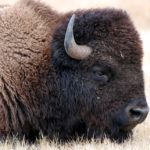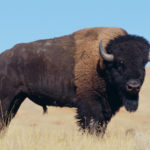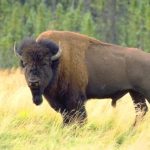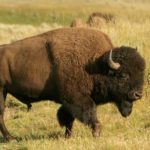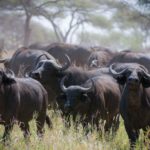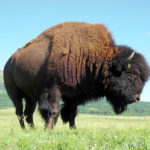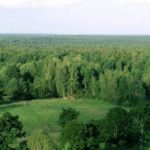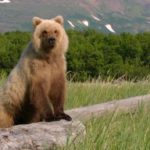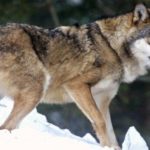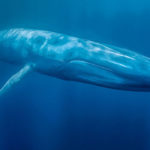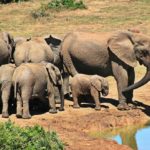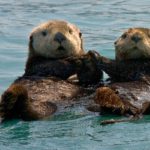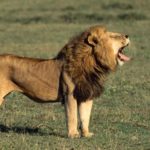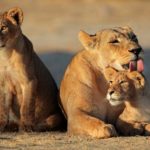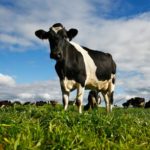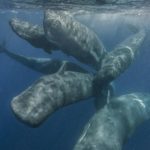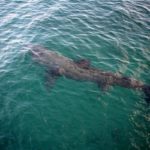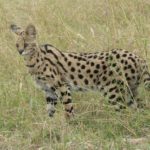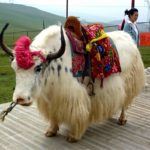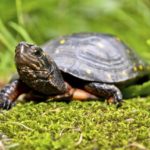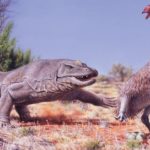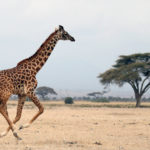Bison
 The Bison is a large wild bull, which earned wide recognition for its physical strength and size. It belongs to the subfamily of the bovine family of Polorohidae. The closest relative of the bison is a bison, with whom he is often confused because of external similarities.
The Bison is a large wild bull, which earned wide recognition for its physical strength and size. It belongs to the subfamily of the bovine family of Polorohidae. The closest relative of the bison is a bison, with whom he is often confused because of external similarities.
In size, the largest specimens of bison exceed the bison, in terms of body weight, male bisons are the largest ungulates on Earth. The weight of bulls can reach 1.2 tons, the height at the withers is 1.9 meters, the body length is 2.5-3 meters, the weight of cows differs little from the weight of female bison and does not exceed 700 kilograms. The proportions of the body and the color of the bison are also very similar to the bison, so at first sight it is difficult to distinguish these two species. The main feature of the bison is a very steep and high withers, forming a peculiar hump in the shoulders, as well as a low head and a very wide forehead. The horns of these animals are short and bent towards the inside.
In addition, the front part of the bison’s body becomes thicker with hair, which visually increases this beast even more. Especially long hair grows in the bison on the shoulders, lower neck and chin, forming a kind of beard. The color of the animals varies from almost black to brown. On the shoulders, the coat is always slightly lighter, the lighter, almost yellow color of the coat in the calves. Extremely rare bisons are anomalously light in color, they look almost white. The American Indians considered such animals sacred.
The buffaloes dwell in North America, in the north their range covers the southern provinces of Canada, in the south it reaches the central states of the USA. There are plains and forest bison. The first subspecies prefer to inhabit the southern part of the range and occurs mainly on the prairies, the second subsists in the north and enters the sparse forests. In the past, both subspecies of bison made grandiose seasonal migrations, with the arrival of frosts they migrated to the south and grazed in the plains, where the wind blows snow and facilitates the extraction of feed.
To imagine the scale of these movements, it suffices to say that the Manhattan Island in New York originated in the place of a shoal formed by carcasses of bison drowned at the intersection of the Hudson. Now the habitats of these animals are artificially restricted to the limits of national parks, so they do not migrate, which does not prevent them from successfully hibernating in protected areas.
Bison – gregarious animals, their family organization in many ways resembles the habits of bison. Outside the breeding season, males and females are kept separately. Females with calves form groups of 25-30 individuals, males graze individually or in bachelor herds of 10-15 individuals. Earlier, during the migrations, the herds were united and proceeded in a common stream, in which there were up to ten thousand animals. Now bison can form congestions in winter pastures, when up to several hundred individuals stay in one valley at the same time. Bison sleeps at night, but their sleep is short, so they graze almost all day and night. In winter, they extract dry grass from under the snow, digging it with their feet and muzzle. In the summer these animals like to lie in the dust, probably thus getting rid of parasites.
